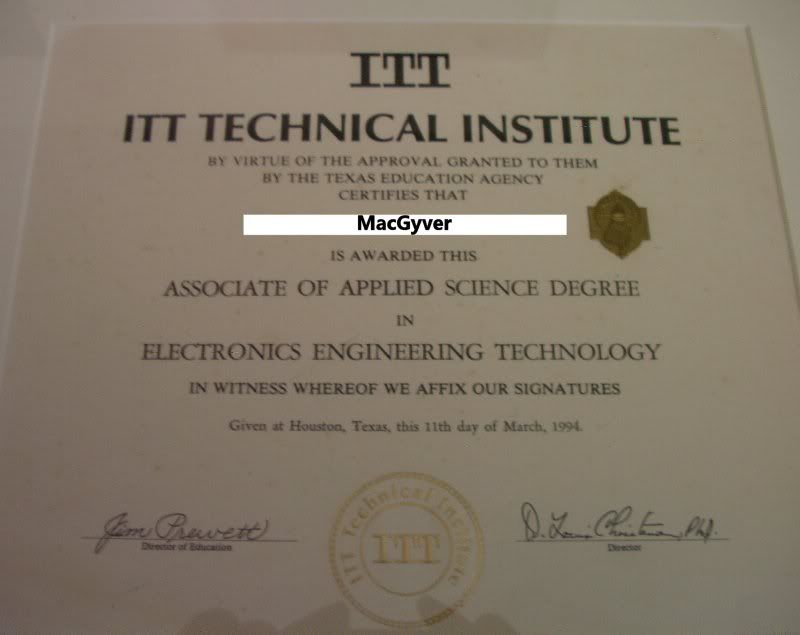You might be interested to know that when Tom Edison invented the light bulb, major players were working on alternatives to the kerosene lamps that were lighting America's homes, but he didn't care. He simply made filaments out of every material he could think of, and tested them one at a time until he installed the filament made out of tungsten, which kept burning for hours, instead of burning out in seconds as the others had done.
Amazing. Wrong in nearly every detail. How do you cram so many errors into two sentences?
The True History of Electric Lighting
1809 - Humphry Davy, an English chemist, invented the first electric light. Davy connected two wires to a battery and attached a charcoal strip betwween the other ends of the wires. The charged carbon glowed making the first arc lamp.
1820 - Warren De la Rue enclosed a platinum coil in an evacuated tube and passed an electric current through it. His lamp design was worked but the cost of the precious metal platinum made this an impossible invention for wide-spread use.
1835 - James Bowman Lindsay demonstrated constant electric lighting system using a prototype lightbulb.
1850 - Edward Shepard invented an electrical incandescent arc lamp using a charcoal filament. Joseph Wilson Swan started working with carbonized paper filaments the same year.
1854 - Henricg Globel, a German watchmaker, invented the first true lightbulb. He used a carbonized bamboo filament placed inside a glass bulb.
1875 - Herman Sprengel invented the mercury vacuum pump making it possible to develop a practical electric light bulb. Making a really good vacuum inside the bulb possible.
1875 - Henry Woodward and Matthew Evans patented a lightbulb.
1878 - Sir Joseph Wilson Swan (1828-1914), an English physicist, was the first person to invent a practical and longer-lasting electic lightbulb (13.5 hours). Swan used a carbon fiber filament derived from cotton.
1879 - Thomas Alva Edison invented a carbon filament that burned for forty hours. Edison placed his filament in an oxygenless bulb. (
Edison evolved his designs for the lightbulb based on the 1875 patent he purchased from inventors, Henry Woodward and Matthew Evans.)
1880 - Edison continued to improved his lightbulb until it could last for over 1200 hours using a
bamboo-derived filament.
1903 - Willis Whitnew invented a filament that would not make the inside of a lightbulb turn dark. It was a metal-coated carbon filament (a predecessor to the tungsten filament).
1906 - The
General Electric Company were the first to patent a method of making tungsten filaments for use in incandesent lightbulbs. The filaments were costly.
1910 - William David Coolidge (1873-1975) invented an improved method of making tungsten filaments. The tungsten filament outlasted all other types of filaments and Coolidge made the costs practical.
1925 - The first frosted lightbulbs were produced.
1991 - Philips invented a lightbulb that lasts 60,000 hours. The bulb uses magnetic induction.
http://inventors.about.com/library/inventors/bllight2.htm
I wonder if Philips were able to patent that light bulb.
I should think that induction was seen as a possibility very early.

